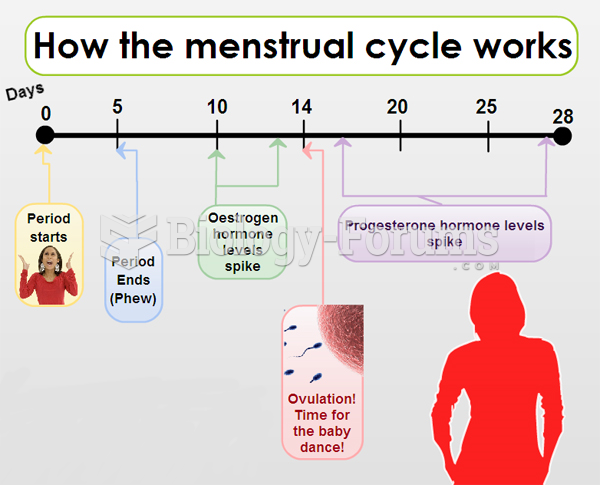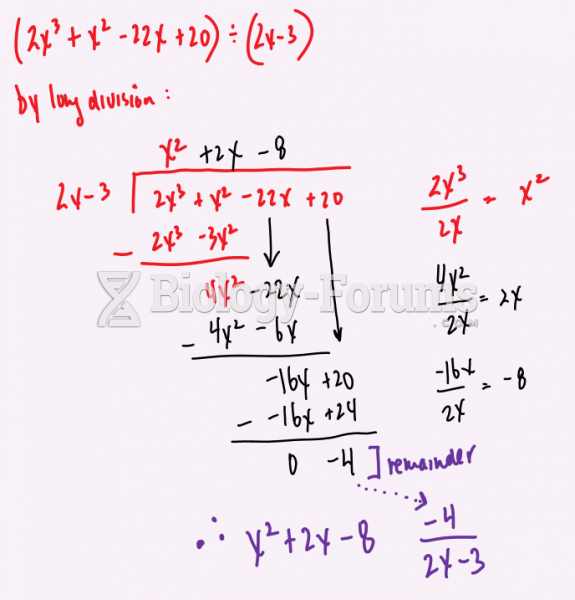Answer to Question 1
The sensory store (iconic store) is the initial repository of much information that eventually enters the shorthand long-term stores. Strong evidence argues in favor of the existence of an iconic store. The iconic store is a discrete visual sensory register that holds information for very short periods. Its name derives from the fact that information is stored in the form of icons. These in turn are visual images that represent something. Icons usually resemble whatever is being represented.
The short-term store is capable of storing information for somewhat longer periods but of relatively limited capacity as well. According to the Atkinson Shiffrin model, the short-term store does more than hold onto a few items. It also has some control processes available that regulate the flow of information to and from the long-term store, where we may hold information for longer periods. Typically, material remains in the short-term store for about 30 seconds, unless it is rehearsed to retain it. Information is stored acoustically (by the way it sounds) rather than visually (by the way it looks).
The long-term store is capable of very large capacity and of storing information for very long periods, perhaps even indefinitely. Some theorists have suggested that the capacity of long-term memory is infinite, at least in practical terms. At present, we have no proof even that there is an absolute outer limit to how long information can be stored.
Answer to Question 2
For the observation of simple dissociation, in which normal individuals have no dysfunction on a particular task but individuals with lesions in a specific site have a specific dysfunctions, many alternative hypotheses may explain a link between a particular lesion and a particular deficit of function. Much more compelling support for hypotheses about cognitive functions comes from observing double dissociations. In double dissociations, people with different kinds of neuropathological conditions show opposite patterns of deficits. A double dissociation can be observed if a lesion in brain structure 1 leads to impairment in memory function A but not in memory function B; and a lesion in brain structure 2 leads to impairment in memory function B but not in memory function A.







